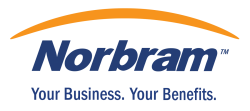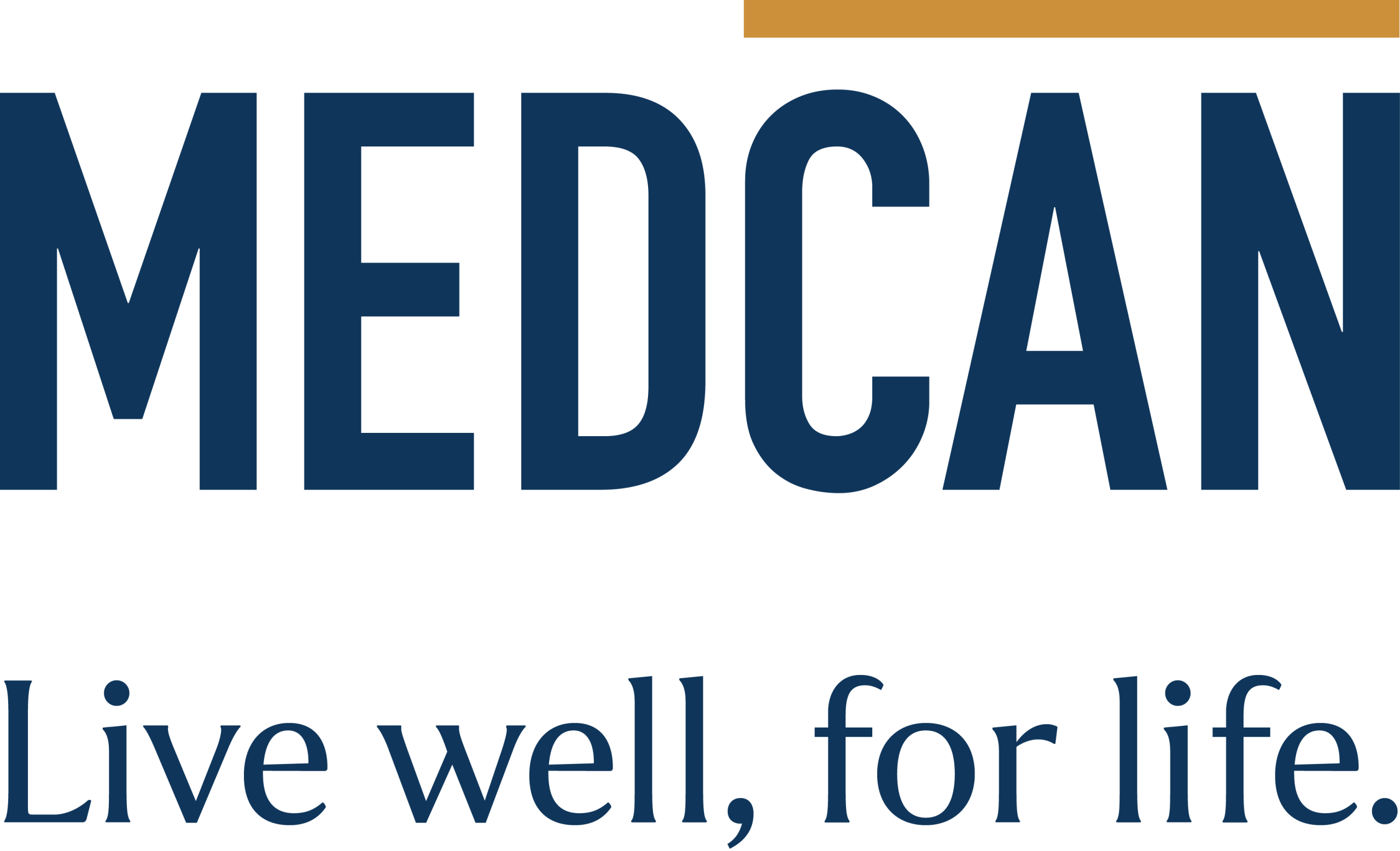An employee benefits plan isn’t just a way to protect your team — it’s a smart financial move for both your business and your employees. When you factor in taxes and deductions, health coverage delivers more value than a traditional salary increase, making it one of the most efficient ways to support your staff and improve overall job satisfaction.
Proudly administered by Chambers Plan, these benefits help create a healthier, happier, and more productive workplace — while keeping costs manageable for employers.
Why Benefits Make Financial Sense
Employer-paid premiums for employee benefits are a deductible expense for your business, while many of the benefits provided are non-taxable for employees. This means everyone wins — employees gain access to meaningful coverage, and employers maximize their compensation budgets.
Exempt from Employee Taxable Benefits:
Health Coverage
Dental Coverage
Travel Health
Employee Assistance Programs (EAP)
ASO Health and Dental
Cost Plus
Health Spending Accounts (HSA)
Note: The above tax information and amounts are based on Ontario taxation for an individual earning $50,000 annually. Figures are for demonstration purposes only and should not be considered tax advice. Rules and amounts vary by province — consult with a licensed advisor for specific details.
Employees Value Their Benefits
According to the Benefits Canada Healthcare Survey (2023):
72% of plan members said they appreciate their health benefits plan more today than before the pandemic.
80% of Canadian employees consider a small or mid-size employer’s health benefits before accepting a new role.
This data highlights the importance of offering a competitive benefits package — especially for attracting and retaining top talent.
Out-of-Pocket Expenses Employees Face
Employees without comprehensive coverage often find themselves paying significant amounts for healthcare each year. Among plan members aged 18-34, the average out-of-pocket expenses in the past year were:
Mental Health Therapy: $2,035
Dental Services: $1,798
Prescription Drugs: $1,628
Total: $5,461
A strong employee benefits plan helps offset these costs, giving employees better access to care while reducing financial stress.
Cost-Effective for Employers
When comparing the cost of offering a raise versus investing in a benefits plan, the numbers speak for themselves:
| Budget Increase | Raise | Benefits |
|---|---|---|
| Base Amount | $2,000 | $2,000 |
| Sales Tax (8%) | N/A | $160 |
| CPP (5.1%) | $102 | N/A |
| EI (2.268%) | $45 | N/A |
| WSIB (3%) | $60 | N/A |
| Vacation (4%) | $80 | N/A |
| Total Cost | $2,287 | $2,160 |
Better Value for Employees
For employees, a benefits plan delivers more value than a raise by eliminating deductions and providing real coverage for health-related expenses:
| Budget Increase | Raise | Benefits |
|---|---|---|
| Cash Value per Year | $2,000 | $2,000 |
| CPP (5.1%) | ($102) | $0 |
| EI (1.62%) | ($32) | $0 |
| Income Tax (29.65%)* | ($593) | $0* |
| Employee’s Net Benefit | $1,273* | $5,461¹ |
Based on Ontario taxation. Rules vary by province.
The Bottom Line
An employee benefits plan isn’t just about coverage — it’s about maximizing compensation dollars for both your business and your team. By offering benefits through Chambers Plan, you’re providing financial security, health protection, and added value that supports recruitment, retention, and employee satisfaction.
Investing in a comprehensive benefits package is more than an expense — it’s a smart strategy for building a stronger, healthier workplace.






